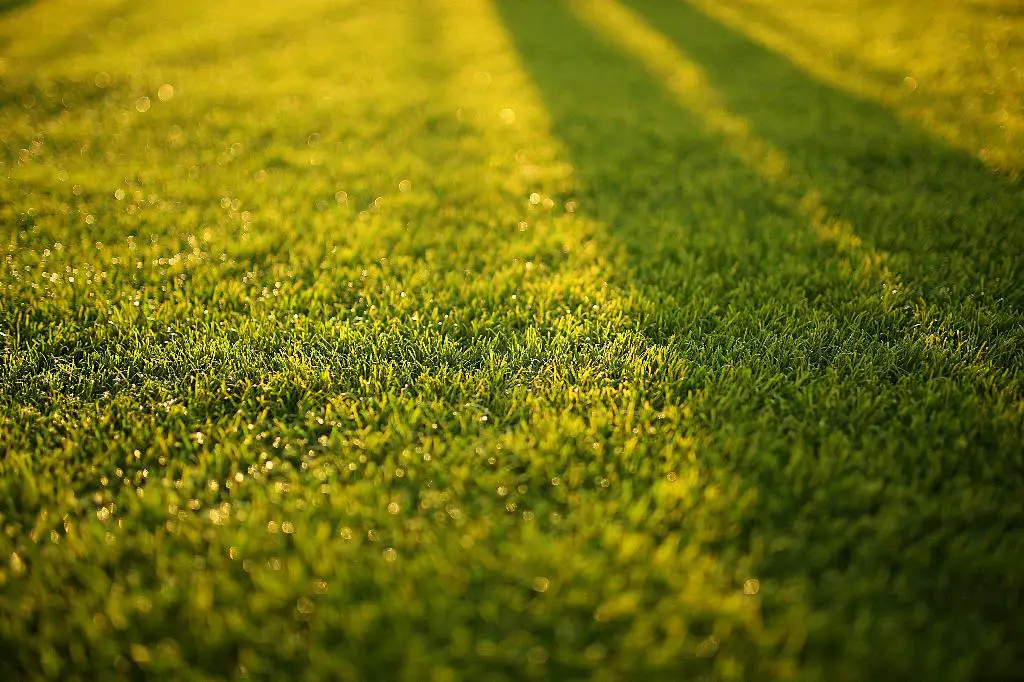When it comes to maintaining a healthy and lush lawn, aerating is a crucial task that should not be overlooked. Aerating your lawn helps promote better root growth, reduce thatch buildup, and improve the overall health of your grass. In this comprehensive guide, we will discuss the steps and methods on how to properly aerate your lawn to keep it looking its best.
Understanding the Importance of Lawn Aeration
Before diving into the aerating process, it’s important to understand why lawn aeration is necessary. Over time, the soil beneath your lawn can become compacted, making it difficult for water, nutrients, and air to reach the grassroots. This compaction inhibits root growth and can lead to a weak and unhealthy lawn.
Choosing the Right Aerator
There are two main types of aerators: spike aerators and core aerators. Spike aerators use solid tines to puncture the soil, while core aerators remove cores of soil from the ground. Core aerators are generally more effective as they alleviate compaction and allow for better air circulation in the soil.
Preparing Your Lawn for Aeration
Prior to aerating your lawn, it’s essential to water the area thoroughly a day or two before the process. This will help soften the soil and make it easier for the aerator to penetrate the ground. Avoid aerating a dry lawn as it can result in a less effective process.
Steps to Aerate Your Lawn
Begin by marking any sprinkler heads or underground utilities to avoid damaging them during aeration. Next, start aerating your lawn by making a pass over the entire area in one direction with the aerator. Then, go back over the lawn perpendicular to the original direction to ensure thorough aeration.
Aeration Depth and Frequency
For optimal results, aim to aerate your lawn to a depth of 2-3 inches. This will help break up compaction and allow for better water penetration. The frequency of aerating your lawn depends on the soil type and traffic it receives, but it is generally recommended to aerate at least once a year.
Post-Aeration Care
After aerating your lawn, consider overseeding to promote new grass growth and fill in any patches. Additionally, topdressing with a nutrient-rich soil mix can help improve the soil structure and provide essential nutrients for your grass to thrive.
Benefits of Lawn Aeration
Regular lawn aeration has numerous benefits, including improved root growth, enhanced water absorption, and reduced thatch accumulation. By aerating your lawn regularly, you can ensure that your grass stays healthy, vibrant, and resilient against environmental stressors.
Conclusion
In conclusion, aerating your lawn is a simple yet effective way to promote a healthier and greener lawn. By following the steps outlined in this guide, you can ensure that your grass receives the necessary nutrients and oxygen to thrive. Remember to aerate your lawn regularly to maintain its overall health and beauty.

